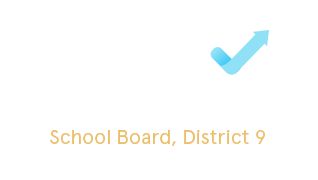Supporting Low-Income and Marginalized Students
In our community, and in our nation, education should serve as the great equalizer. Our schools should allow our children, regardless of their socioeconomic status, to achieve the greatness within them and reach their potential. However, if our schools are to reach this point, then our school system must be designed within the context of the restrictions of our society. The effects of racism, discrimination, and systemic poverty are the reality of our nation, and our schools are inherently connected to these issues. In our current education system, there is a difference in the performance of low-income students and their higher-income peers. Many leaders refer to this as an “achievement gap,” but that term neglects how this difference has appeared. It is more appropriate to view this not as a gap but as an “educational debt,” one that has accumulated throughout history. Years of students and people from disadvantaged communities being neglected, discriminated against, and having access to fewer resources led to this difference in performance. It is now the responsibility of our school system to pay back this “debt,” beginning by providing improved support to low-income students. Through improving college accessibility information and equalizing resource access, we can move towards true equity in our county. Our vision for our school system is one of inclusivity and equity, and that begins with ensuring that our most vulnerable are given the resources needed to reach their full potential.

